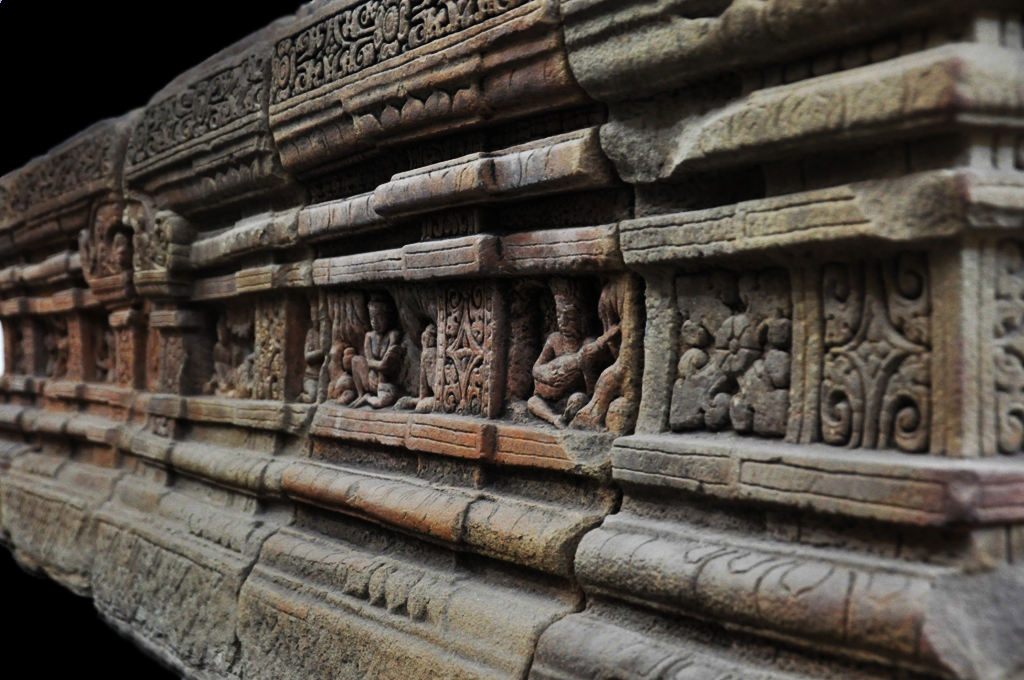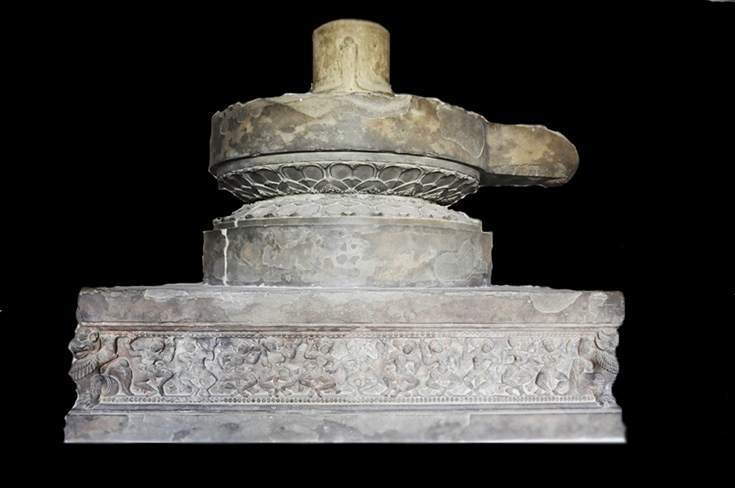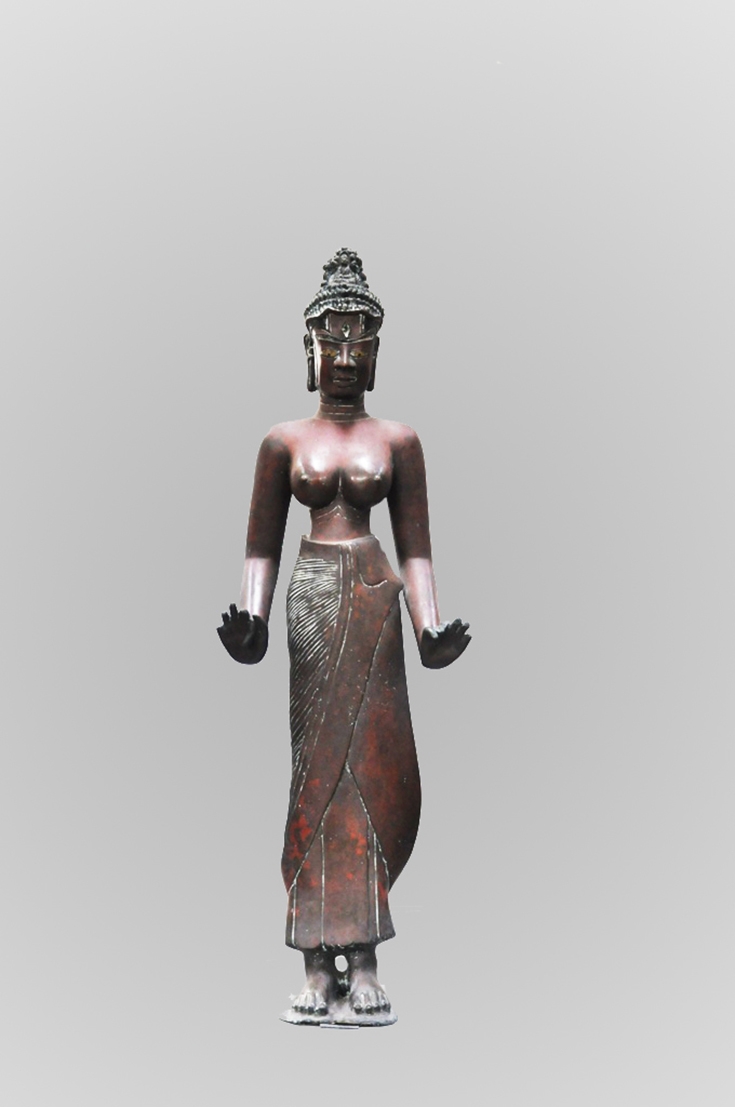The Prime Minister has recently recognised 30 artifacts as national treasures, including three in danang. The three artifacts – the Tara Bodhisattva statue, the My Son E1 altar and the Tra Kieu altar – are from the ancient Champa Kingdom and are on display at the Museum of Cham Sculpture.

My Son E1 Altar – The pedestal was discovered in 1903 and entered the museum in 1918. It is adorned at its base with drafted blocks of stone and supported a huge linga at the centre of E1 brick stone at My Son, now much dilapidated. The altar represents MountKailasa – the mountain of silver – whose summit is the abodehu may of Shiva here in from of linga (placed Skanda statue now). There are 18 scenes around pedestal, depicting thee mount’s forests and caves with ascetics whose various activities are shown in niches separated by small piers. The finely carved décor is typical of Cham art, although there are some details which call to mind the art of Pallava and that of Srilanka. While the idea for this narrative base derives from India, it illustrated themes common to both pre-Angkor in Cambodia and Dvaravati art in Thailand.

TraKieu Altar -QuangNam 7th-8th centuries – This pedestal, one of the master pieces of Cham art, was found at Tra Kieu and entered the Museum collection from 1918. Its circular upper rarely in Khmer art of the period and is directly borrowed from Indian tradition. (Moreover, beneath the monumental linga and its ablutionary cistern, there was formerly a circular middle register carved with a continuous sequence of motifs in the shape of “female breasts” as photo taken before 1939. This is the first appearance of an extraordinary decorative device which does not occur anywhere else in Indian or Indianised art). The square base of the pedestal is adorned with lions at each comer and carved on all four faces with frieze figures, which are elegant examples of a high classic style. Javanese influence is clearly apparent, and also-to a lesser extent that of Southern Indian art. In 1930, Przyluski claimed that the friezes illustrated the legend of the foundation of Funam, but a year later Coedés rejected this theory and showed that the scenes depicted various episodes of the life of Krishna, as recounted in the Bhagavata Purana, and were devised to be viewed counterclockwise (in the opposite direction to pradaksina). This was proof of the importance of Vishnu-worship in this.
 Tara Dong Duong, 9th century – Tara embodies the feminine aspect of compassion. She is devoted to alleviate the suffering of people on the earth. The statue, found accidentally in 1978 by the locals, is the largest known Cham broze. It is a intense expression of the artistic originality of the period, fusing Indian and Chinese influence with authentic Cham tradition. The predominant impression is the frontal; the broad shoulders seem to contrast with the ample breasts and the disproportionately long arms which are a frequently occurring feature in Dong Duong sculpture. The beautifully modeled hands appear to be in a mudra, perhaps that of reasoning or argumentation. The garment is particularly realistic and consists of two overlapping skirts. The face, while having all the features of the style, has a stern expression, perhaps because of the very realistic incrustation of the eyes, despite the fine bridge of the nose. The Tara sculpture might be worshipped on the main altar of Dong Duong Buddhist Institute, reflecting the great influence of Buddhism on Champa in the 9th and 10th centuries.
Tara Dong Duong, 9th century – Tara embodies the feminine aspect of compassion. She is devoted to alleviate the suffering of people on the earth. The statue, found accidentally in 1978 by the locals, is the largest known Cham broze. It is a intense expression of the artistic originality of the period, fusing Indian and Chinese influence with authentic Cham tradition. The predominant impression is the frontal; the broad shoulders seem to contrast with the ample breasts and the disproportionately long arms which are a frequently occurring feature in Dong Duong sculpture. The beautifully modeled hands appear to be in a mudra, perhaps that of reasoning or argumentation. The garment is particularly realistic and consists of two overlapping skirts. The face, while having all the features of the style, has a stern expression, perhaps because of the very realistic incrustation of the eyes, despite the fine bridge of the nose. The Tara sculpture might be worshipped on the main altar of Dong Duong Buddhist Institute, reflecting the great influence of Buddhism on Champa in the 9th and 10th centuries.